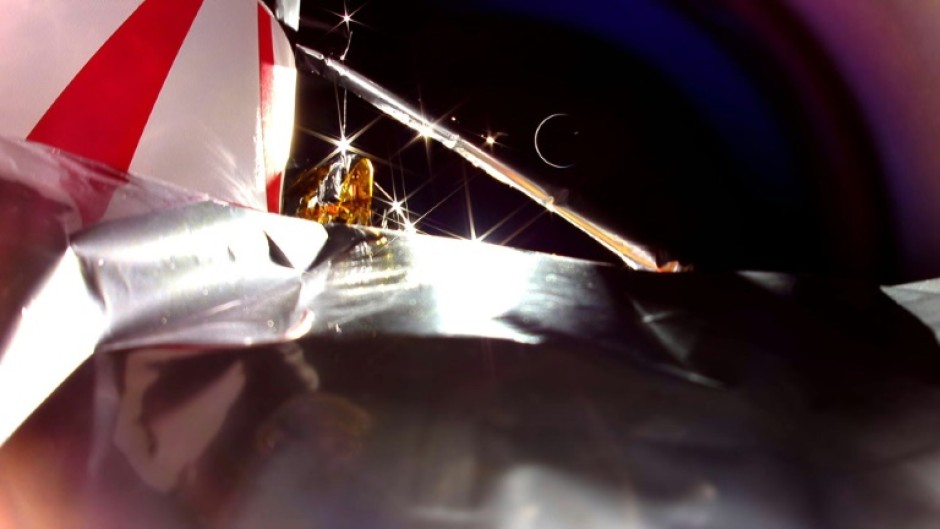WASHINGTON - A crippled American spaceship has been lost over a remote region of the South Pacific, probably burning up in the atmosphere in a fiery end to its failed mission to land on the Moon.
Astrobotic's Peregrine lander was launched on January 8 under an experimental new partnership between NASA and private industry intended to reduce costs for American taxpayers and seed a lunar economy.
But it experienced an explosion shortly after separating from its rocket and had been leaking fuel, damaging its outer shell as well as making it impossible to reach its destination.
In its latest update, Astrobotic posted on X that it had lost contact with its spacecraft, indicating a "controlled re-entry over open water" as it had predicted.
The Pittsburgh-based company added it would await independent confirmation of Peregrine's fate from the relevant government authorities. A previous update provided atmospheric re-entry coordinates a few hundred miles (kilometers) south of Fiji, albeit with a wide margin of error.
Engineers had executed a series of small engine burns to position the boxy, golf cart-sized robot over the ocean to "minimize the risk of debris reaching land."
Astrobotic also tweeted a photograph taken by the spaceship on its final day, revealing the Earth's crescent as it positioned itself between the Sun and our planet.
Peregrine operated for over 10 days in space, exciting enthusiasts even after it became clear Astrobotic would not succeed in its goal to be the first company to achieve a controlled touchdown on the Moon -- and the first American soft landing since the end of the Apollo era, more than five decades ago.

